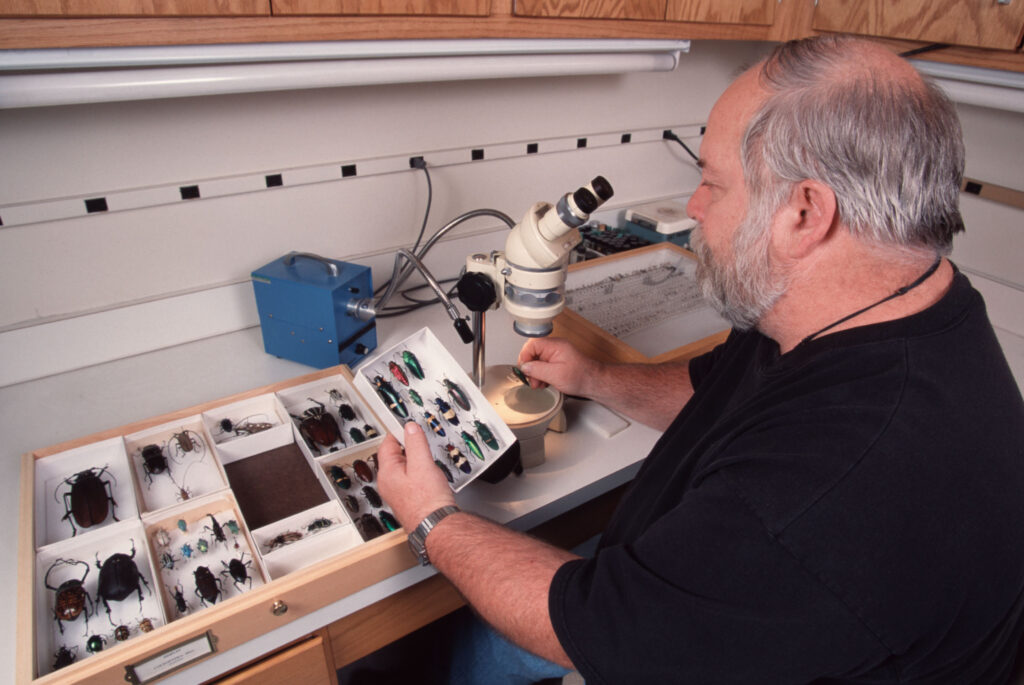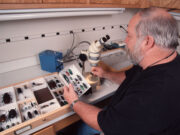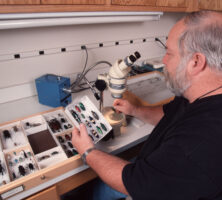The collections affiliated with the Georgia Museum of Natural History are made up of more than four million objects. Most of the collections are the largest of their kind in Georgia, with regional, national, or international significance. The majority of the objects were collected during the twentieth century. The southeastern United States is a center of temperate biodiversity, which makes the collections significant because of the unique ecosystems they represent. They also document Georgia’s rapidly vanishing archaeological and natural heritage.

Courtesy of University of Georgia Photographic Services
The museum is located in the Natural History Building on the east campus of the University of Georgia. It is a young museum, recognized in 1978 by former university president Fred Davison. In 1999 the Georgia General Assembly designated it the Georgia Museum of Natural History. It is supported by a membership organization, the Friends of the Georgia Museum of Natural History.
The museum is a consortium of fourteen affiliated collections: anthropology, arthropods (mites and insects), botany, economic geology, herpetology, ichthyology, invertebrates (primarily mollusks), mammalogy, mineralogy, mycology, ornithology, paleontology, palynology, and zooarchaeology. The museum’s mission is to collect and preserve evidence of the cultural and natural heritage of Georgia and beyond, to encourage scholarship and service relating to the collections, to foster stewardship of the heritage of the people of Georgia, and to instruct people in their cultural and natural heritage.
Some vital statistics about the collections are as follows. The oldest bird specimen from outside the United States is a white wagtail, collected in the Netherlands in 1870. A black-billed cuckoo is the oldest American bird, collected in Connecticut in 1878. The oldest bird from Georgia is a swamp sparrow collected in 1891. The largest specimen is a complete right-whale skeleton. Some of the smallest specimens are in the mycology collection. For example, Coccidiascus legeri is a single-celled, yeastlike parasite that inhabits the gut of the fruit fly, Drosophila melanogaster. The cells are fifteen to twenty microns long. It is known only from Georgia, though the original description was done in 1913 on materials in France. The largest collection is archaeology, with more than three million artifacts. The zoology and botany collections contain endangered or extinct plants and animals. The collections grow by more than 25,000 specimens each year.
Providing technical service to state, federal, and private resource management agencies and firms is a major activity for most of the collections. The collections are also important research and teaching tools for faculty and students at the University of Georgia and elsewhere. The museum provides academic support to University of Georgia graduate and undergraduate students through the Joshua Laerm Academic Support Fund.
The museum offers a number of public programs. These include special events, exploration kits, Web sites, traveling exhibits, tours, and other activities. The museum does not have an exhibition hall.






